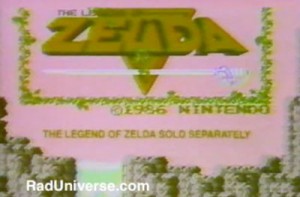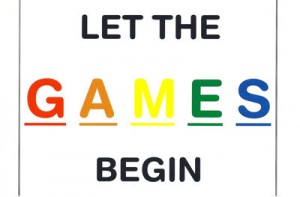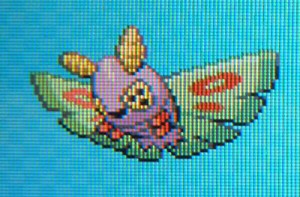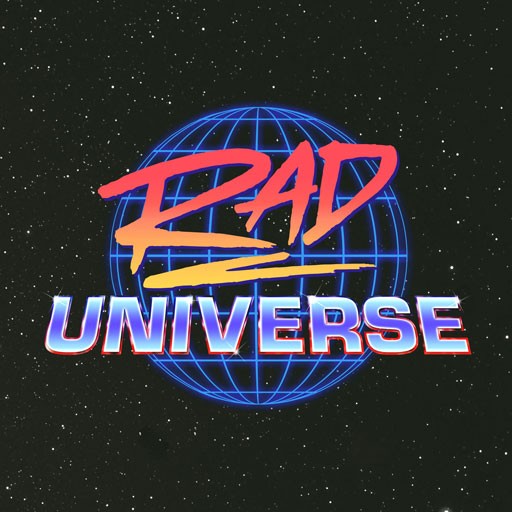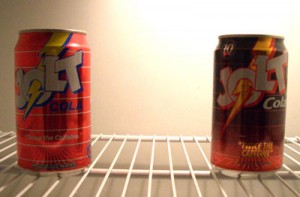8-Bit: The Inside Story
Have you ever wondered how the Nintendo Control Deck communicates with the world through Game Paks, Controllers and your TV? The March, 1991 issue of Nintendo Power offers an exclusive tour into the electronic maze of the NES and Game Boy computer brains.
The outside world sends information to a chip in the Controller called the Shift Register. Your Game Pak sends information to the Central Processing Unit through the 72 Pin Connector. This all gets broadcast by the RF Modulator.
If your Game Pak is a cook book, the Central Processing Unit is the cook who follows the instructions. The Picture Processing Unit redraws the entire screen in still frames like the multiple still frames of a motion picture.
Mario consists of eight separate characters programmed to look like one on a screen of 960 characters. New characters constantly replace old characters in a one way scroll while new characters are continually added when scrolling occurs in two directions.
RF transmission can lose or distort information, but RGB signals go straight from the CPU to the color guns of your monitor!
The Game Boy is like a miniature NES with the CPU and PPU chips combined in one master CPU that does both jobs. The Liquid Crystal Display operates using reflected light.
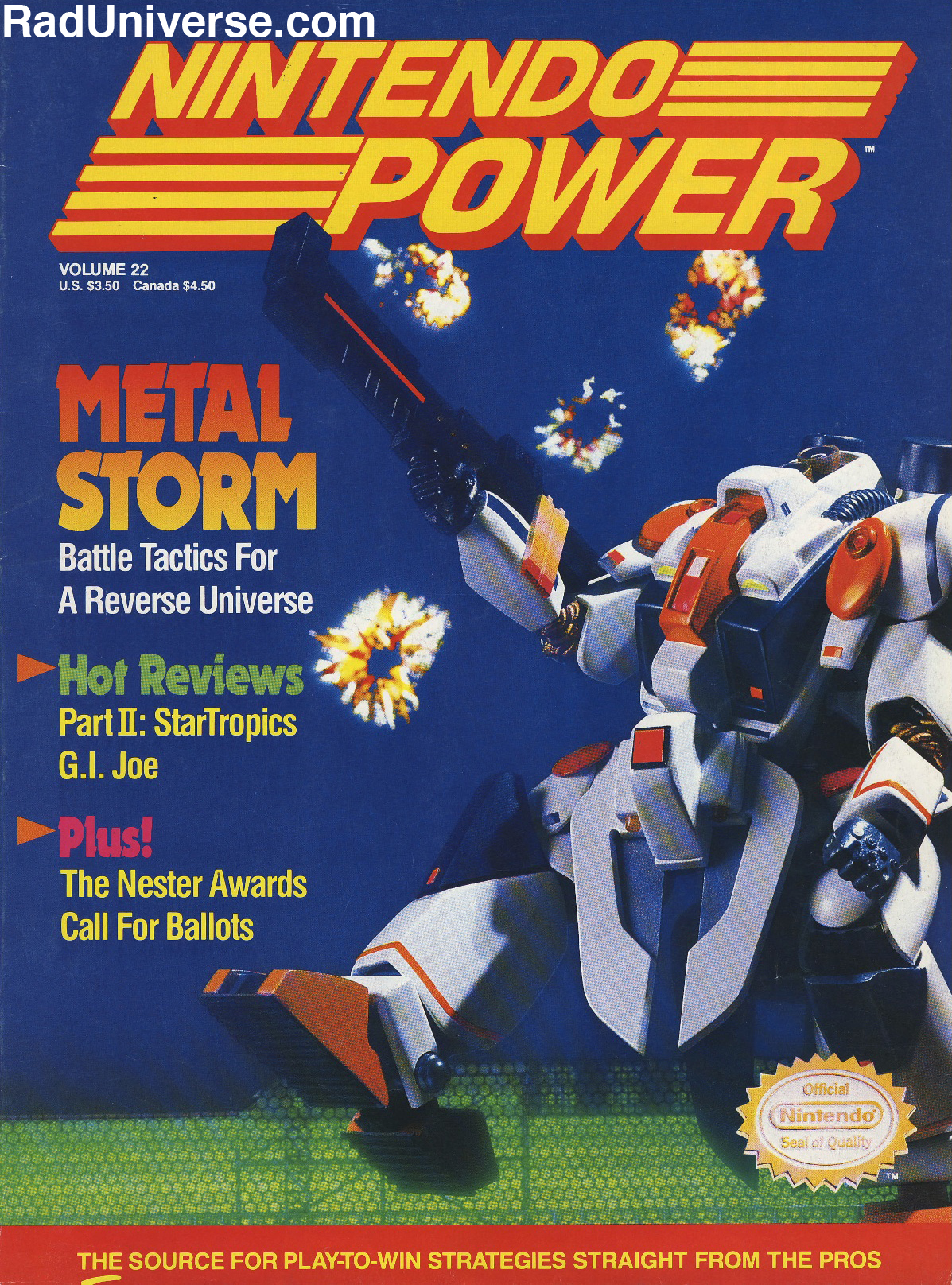
(Nintendo Power Issue #22, March 1991)
Video game technology is racing forward. 16-bit systems are leading the way, but what’s the main difference between new systems and 8-bit systems like the NES and Game Boy?
SPEED OF PROCESSING!

(NES control deck and Rad Racer game pak. Each sold separately.)



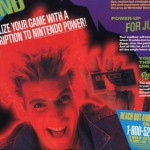 Previous Post
Previous Post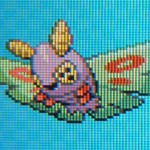 Next Post
Next Post